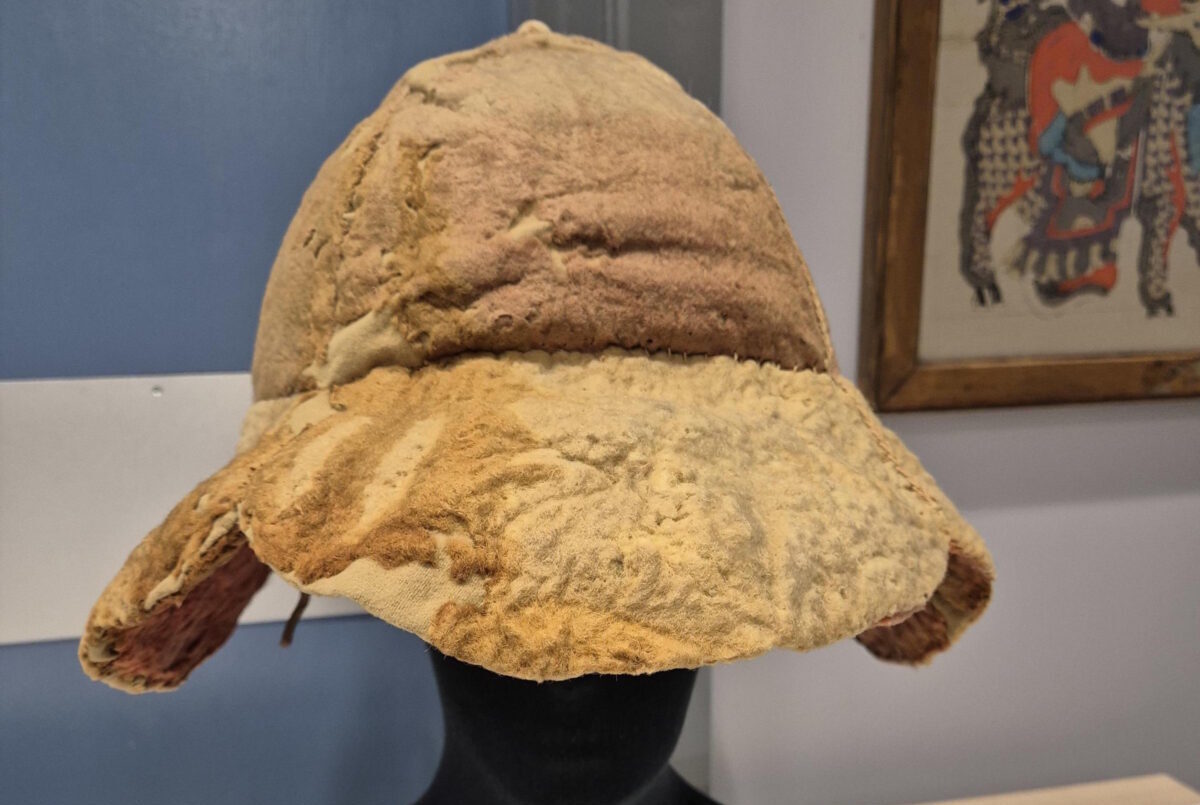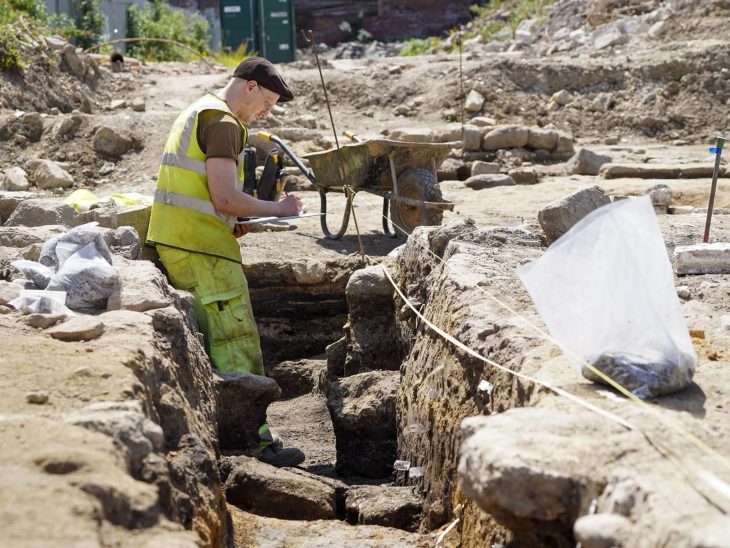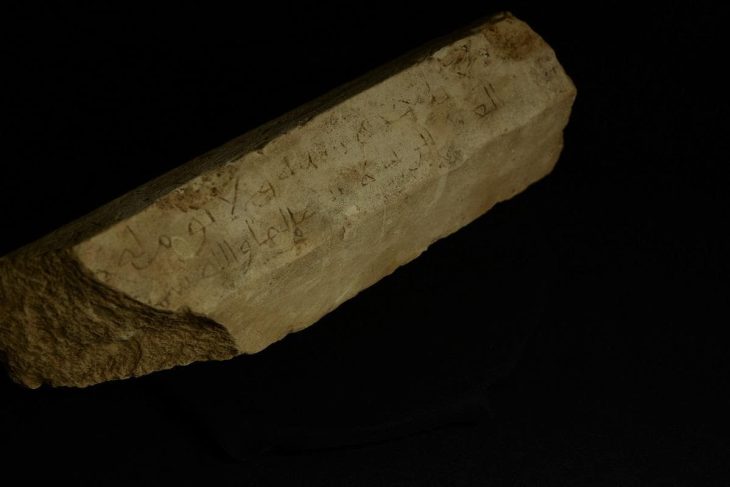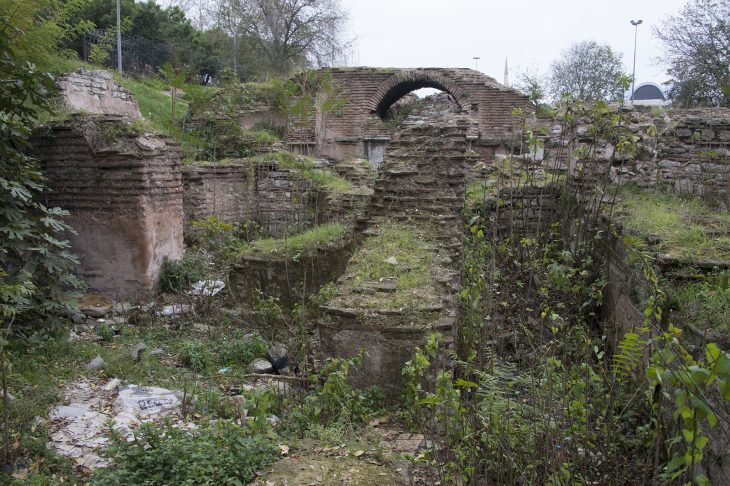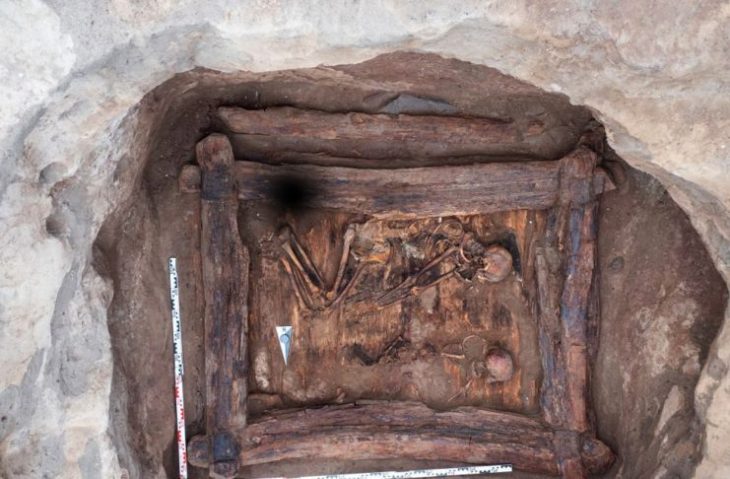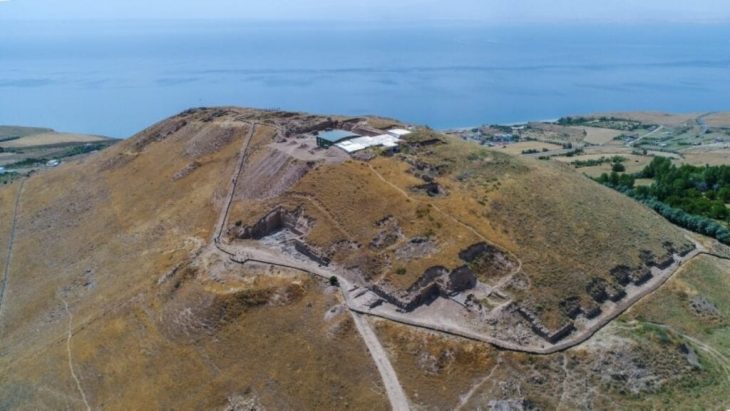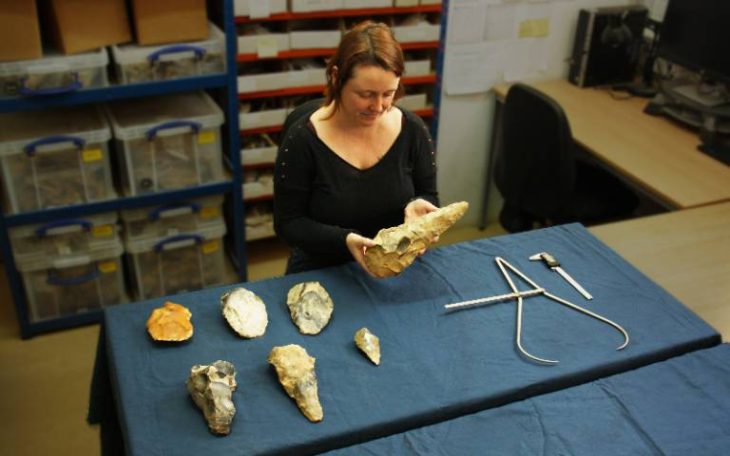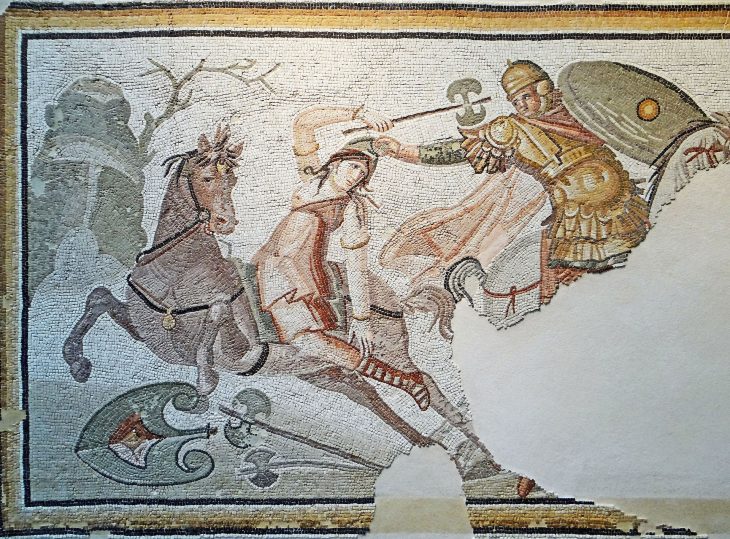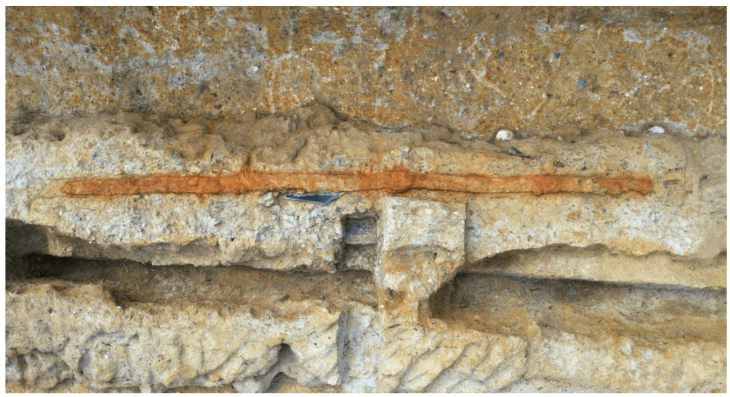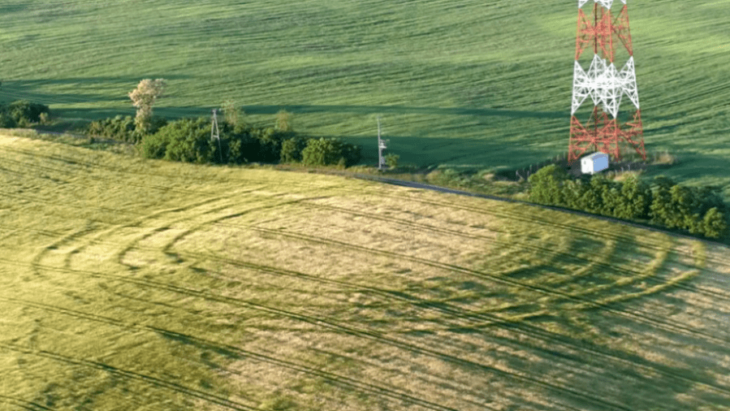Bolton Museum has unveiled a rare and fascinating artifact—a Roman sun hat worn by a soldier in Ancient Egypt nearly 2,000 years ago. This exceptionally well-preserved woollen hat, one of only three known to exist worldwide, has been kept in storage for over a century and is now on public display for the very first time.
A Unique Roman Sun Hat with Egyptian Adaptations
Believed to date from around 200 AD, the hat was designed for a Roman soldier stationed in Egypt following Rome’s conquest of the region after Cleopatra’s death in 30 BC. Unlike typical Roman military helmets, this sun hat was carefully adapted for the harsh Egyptian environment. Its wide, floppy brim and high domed crown offered crucial protection against intense sunlight and frequent sandstorms.
The design resembles the Greek petasos hat, traditionally worn by farmers and travelers, but with important modifications like a taller crown and durable wool felt material. This blend of Roman and local influences makes the hat a rare and important piece of cultural history.
Conservation Brings the Roman Sun Hat Back to Life
For many years, the hat was too fragile to display due to damage caused by pests and environmental conditions. The wool felt had deteriorated, and the hat had been stored flat in a box since its donation in 1911. Thanks to the generosity of Darwen electrical manufacturer Ritherdon & Co. Ltd., the hat underwent expert conservation led by textile specialist Jacqui Hyman.
Hyman carefully stabilized missing sections of felt using hand-dyed fabric to preserve the original shape and fragile material. “Planning the appropriate and sensitive treatment was paramount due to its fragility,” she explained. “Suddenly, a flat, fragile, boxed item had come to life.”
📣 Our WhatsApp channel is now LIVE! Stay up-to-date with the latest news and updates, just click here to follow us on WhatsApp and never miss a thing!!
A Prestigious Donation from a Leading Archaeologist
The Roman sun hat was donated to Bolton’s first museum, the Chadwick Museum, by Sir William Matthew Flinders Petrie, one of the world’s pioneering Egyptologists. Petrie excavated numerous Egyptian sites during his distinguished career and played a key role in developing modern archaeology. The hat’s presence in Bolton reflects the town’s historical importance as a textile manufacturing center in the 19th and early 20th centuries.
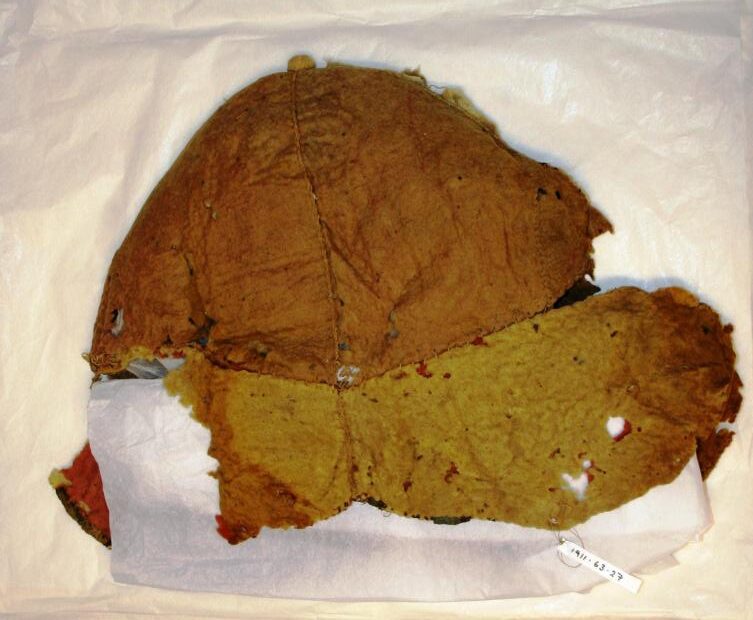
Community Support and Cultural Pride
Bolton Council’s Executive Cabinet Member for Culture, Cllr Nadeem Ayub, emphasized the significance of the display: “It’s an incredible moment for Bolton to showcase such a rare and well-preserved Roman sun hat from Ancient Egypt. The generosity of local businesses like Ritherdon & Co. Ltd. shows how culture and community are closely linked.”
Ritherdon & Co. Ltd., led by Managing Director Ben Ritherdon, has expanded from traditional metalwork into modern electrical infrastructure, including EV charging solutions. Ben Ritherdon reflected, “It was exciting to discover such a rare object right here on our doorstep. Supporting our local museum’s conservation efforts felt like a meaningful way to give back to the community.”
In recognition of their contribution, the Bolton Archaeology and Egyptology Society presented Ritherdon & Co. Ltd. with the Lotus Chalice Award, a new honor celebrating outstanding support for Bolton’s Egyptology collections.
A Spotlight on Ancient History Until September 2025
Visitors can now see the Roman sun hat on display at the entrance of Bolton Museum’s Egypt galleries. This remarkable piece will remain there until September 2025, after which it will move to a permanent exhibition space within the museum.
This rare Roman sun hat not only connects visitors to ancient history but also highlights the ongoing importance of conserving cultural heritage through local support and expert care. Bolton Museum’s latest display invites everyone to explore the fascinating story behind this unique relic and imagine the soldier who once wore it beneath Egypt’s blazing sun.
Cover Image Credit: Bolton Museum

